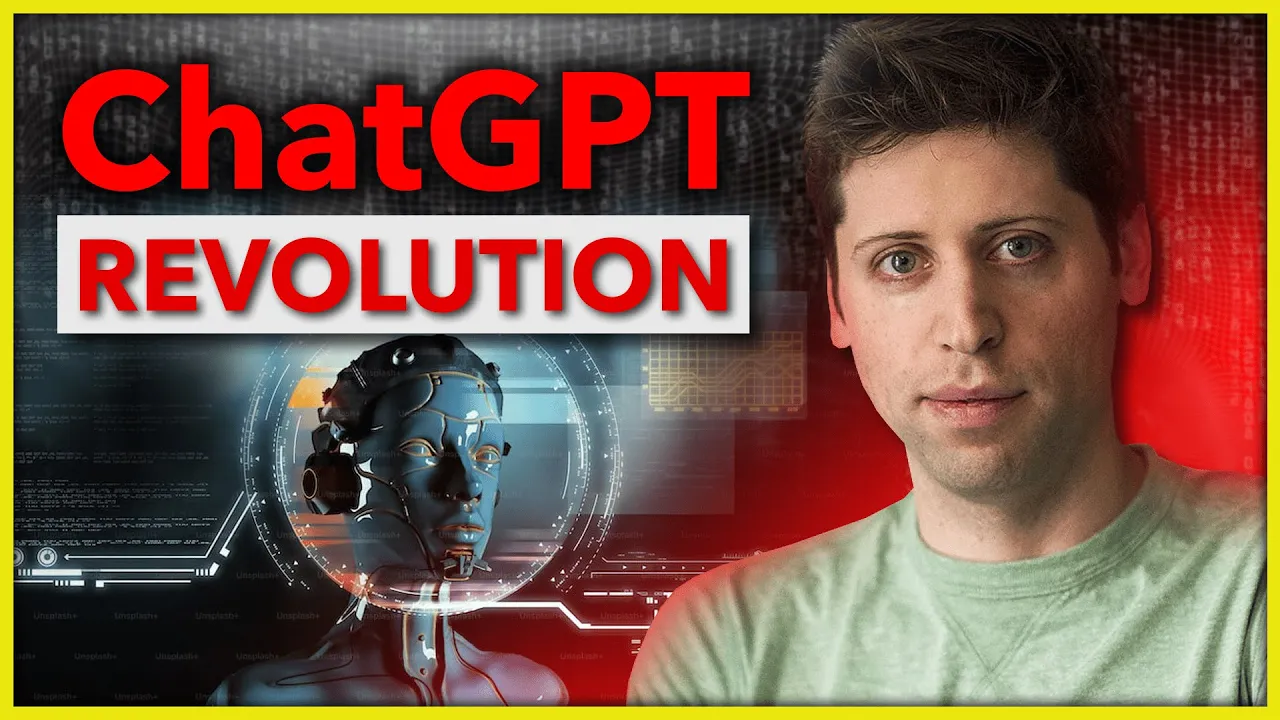OpenAI, the San Francisco-based company that created ChatGPT, introduced a tool for public testing back in November 2022. In less than a week, the AI model garnered more than a million users. As of January, ChatGPT received an average of approximately 13 million daily users. People have been testing the text-based AI chatbot with a vast array of tasks, ranging from humorous to practical and imaginative inquiries. The tool has become extremely popular, to the point where it’s not rare to find a message stating that ChatGPT has reached its capacity and is unable to process additional task queries.
According to Naomi Baron, a professor of linguistics at American University, ChatGPT is very good at basic writing. As an expert in her field, she’s quite impressed with it and claims that it writes better than most of the students she’s had over the years. However, like any innovation, concerns arise. ChatGPT tends to generate fake news, despite its popularity.
ChatGPT is a large language model designed by OpenAI. It has the ability to comprehend and generate text, allowing it to answer almost any questions and generate creative written content and text summaries. These responses come from an extensive dataset of text, including books, articles, and websites. However, ChatGPT lacks personal experiences or beliefs, and its responses are strictly based on the information from its training data, which may have limitations in terms of accuracy or comprehensiveness.
OpenAI showcases significant support from its backers, including Microsoft, Reed Hoffman (the co-founder of LinkedIn), and Elon Musk (who also co-founded a company in 2015). ChatGPT is an acronym for Generative Pre-trained Transformer, which aligns with OpenAI’s goal of ensuring that artificial intelligence serves the greater good of humanity.
ChatGPT belongs to the expanding domain of artificial intelligence referred to as generative AI. While most AI development has focused on analyzing pre-existing data, generative AI creates entirely new content. This technology has garnered much enthusiasm from venture capitalists, with investment in generative AI companies reaching $1.37 billion in 2022 alone.
OpenAI’s ChatGPT faces competition from other major tech companies and startups working on various generative AI programs. Microsoft, IBM, and Google have created their own language models to fuel their conversational chatbots. However, there are limitations and challenges with current AI technology, including potential bias or toxicity in the generated content.
Despite the potential of generative AI to replace certain human jobs, experts suggest that it is more of a novelty and a gradual advancement in representing the potential of artificial intelligence in the realm of language. Language models like ChatGPT lack a broader understanding of the world that humans possess, and their rise is more likely to generate additional opportunities for workers rather than eliminating them.
In conclusion, OpenAI’s ChatGPT is a revolutionary breakthrough in language models. It has gained immense popularity and has the potential to shape the future of AI and human-machine interactions. However, it also raises concerns regarding fake news generation and the need for safeguards against bias and toxicity. As the field of generative AI continues to evolve, it will be interesting to see how it impacts various industries and society as a whole.






